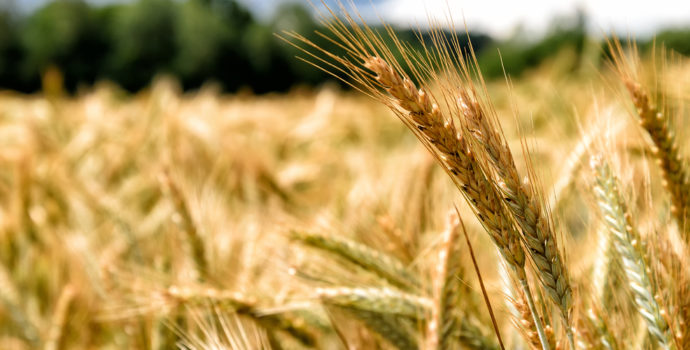
There were no significant price changes in the domestic grain market in the past week. The combination of ample supply in merchant stores and availability of cheaper imported maize continues to result in little demand in the market.
Wheat has continued to drift sideways on European and international markets. There was some positive news earlier in the week as Egypt took in a rare shipment of wheat from the US, which the markets interpreted as a sign that supplies of Russian wheat were diminishing. However, these hopes were somewhat dimmed with the Russian consultancy SovEcon upping the country’s wheat export estimate from 34.2 to 34.7million tonnes. Nonetheless, the rate of Russian grain exports has to slow down at some stage as they are 15% ahead of last year exports, from a grain harvest which is reduced by 22million tonnes or 17% compared to last year.
The November grain market report from the IGC has lowered its forecast for world grain production in 2018/2019 by 2million tonnes to 2079m, about 1% down year on year. Total global consumption is also reduced by 1m tonnes. Global stocks are estimated to be down by 58m tonnes year on year which would leave them at a four year low of 560m tonnes.
The IGC has produced its first projection for total world wheat planted area for the 2019/2020 season. It predicts that the area will increase by 1% to 220m ha with gains expected in the EU, Russia, India and the US.
According to the latest report from the EU crop monitor agency MARS, dry weather in early autumn hampered the sowing and development of grains in central Europe. However, in the past month crops have recovered and in general are in good condition heading into the Winter. There may be some issues with rape crops in France and Germany which were sown in very dry conditions as there are many reports of patchy crops.


